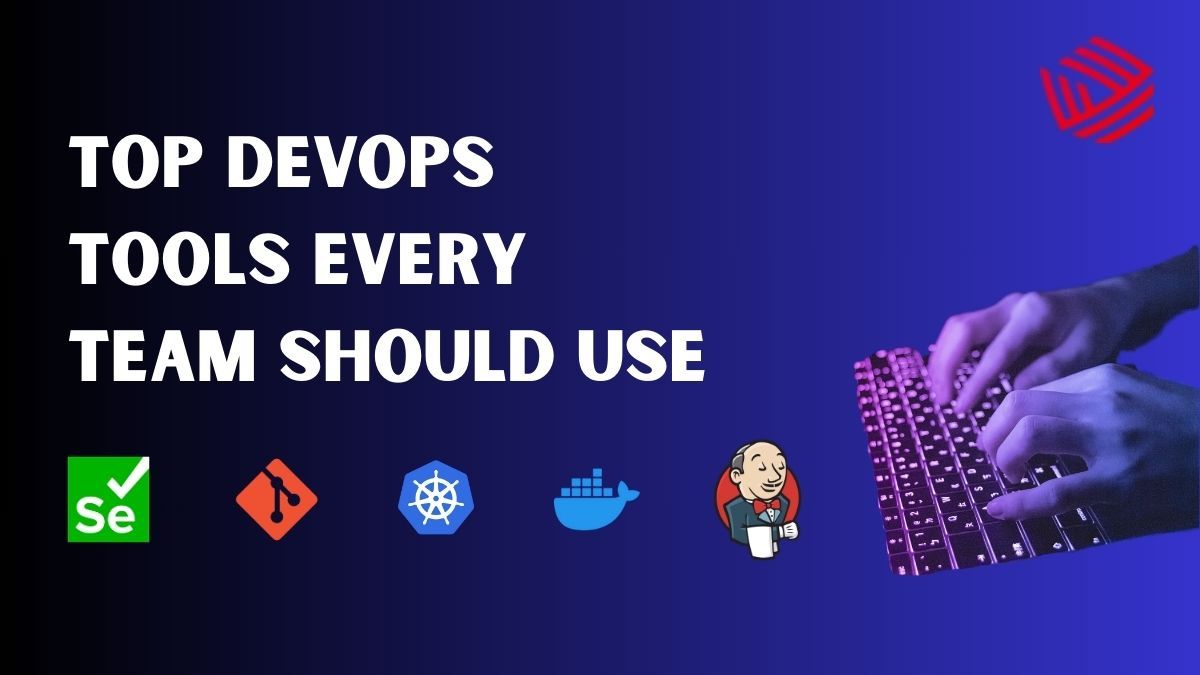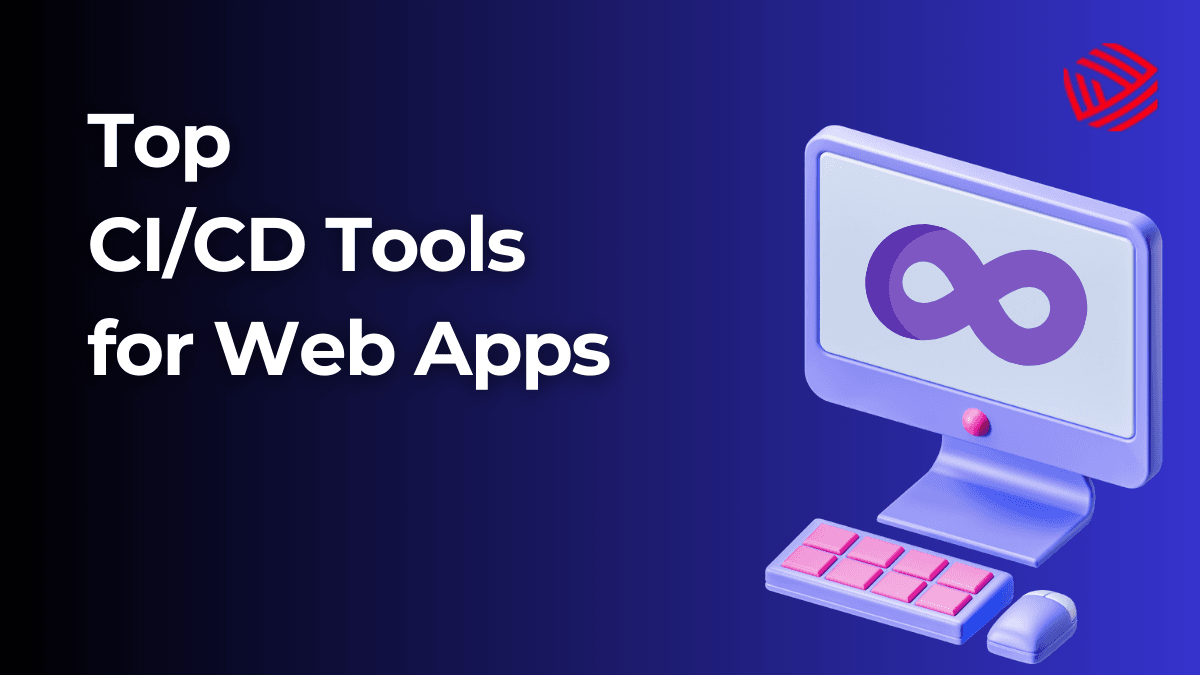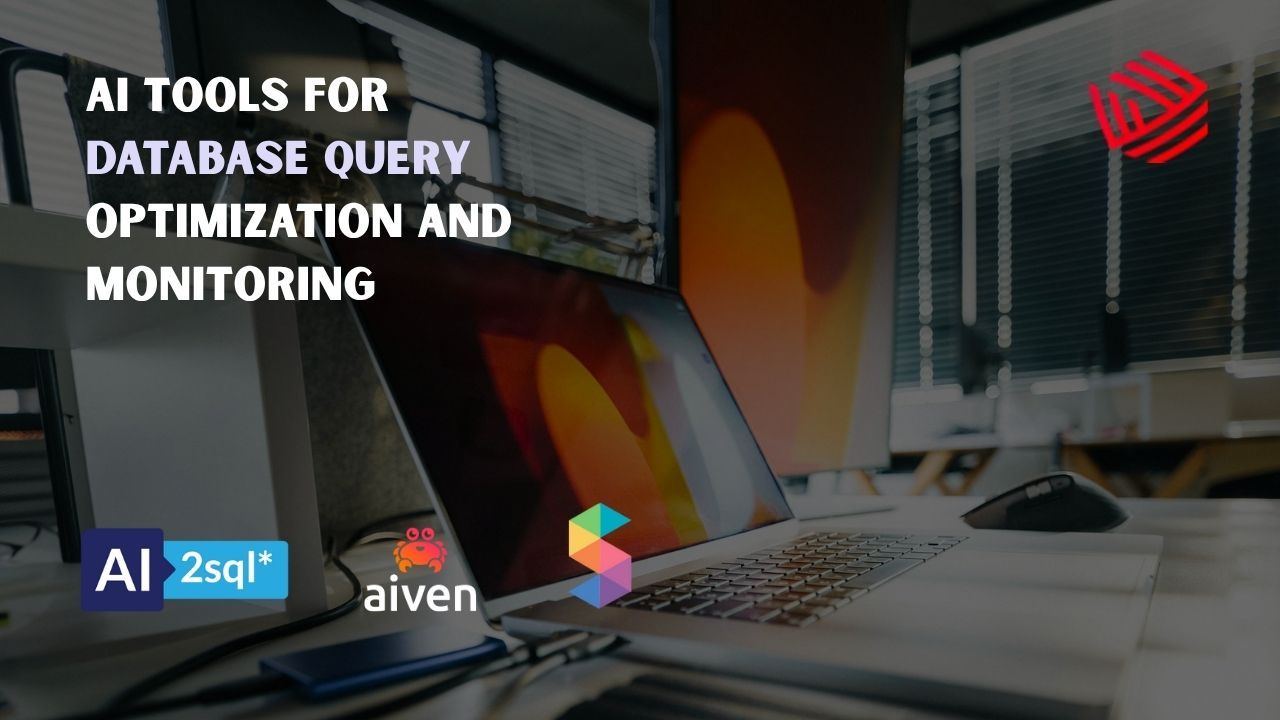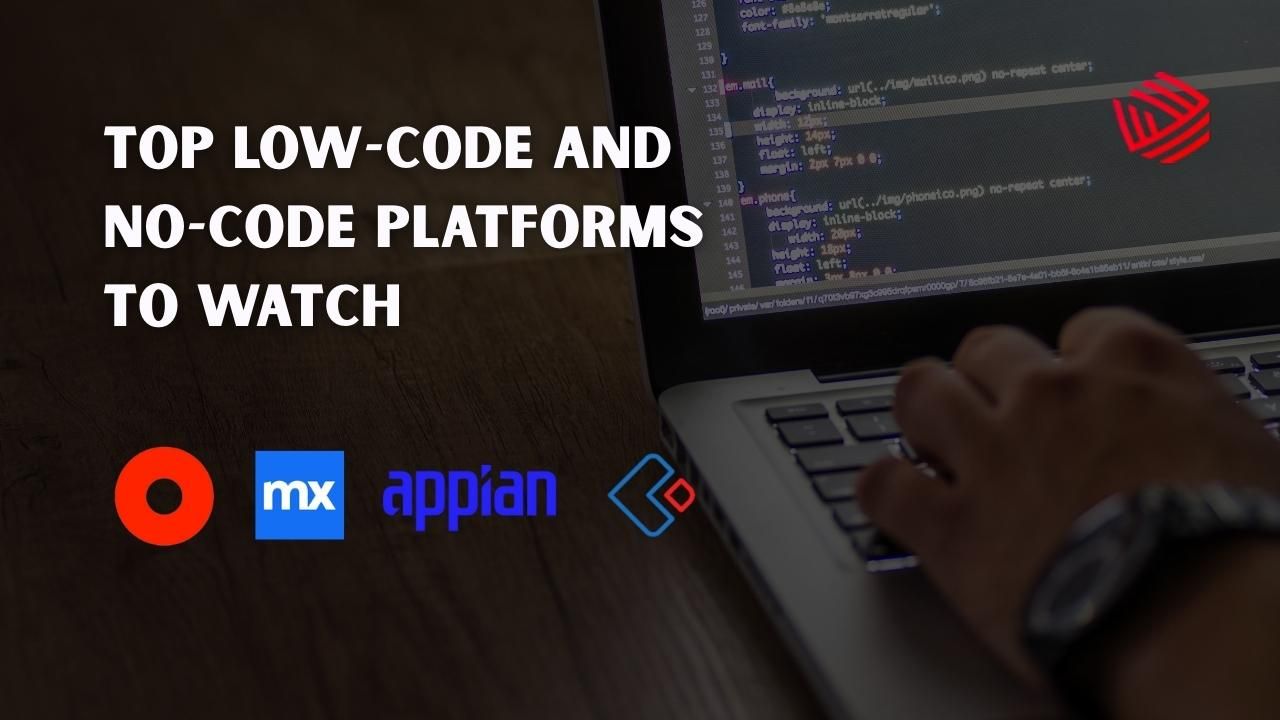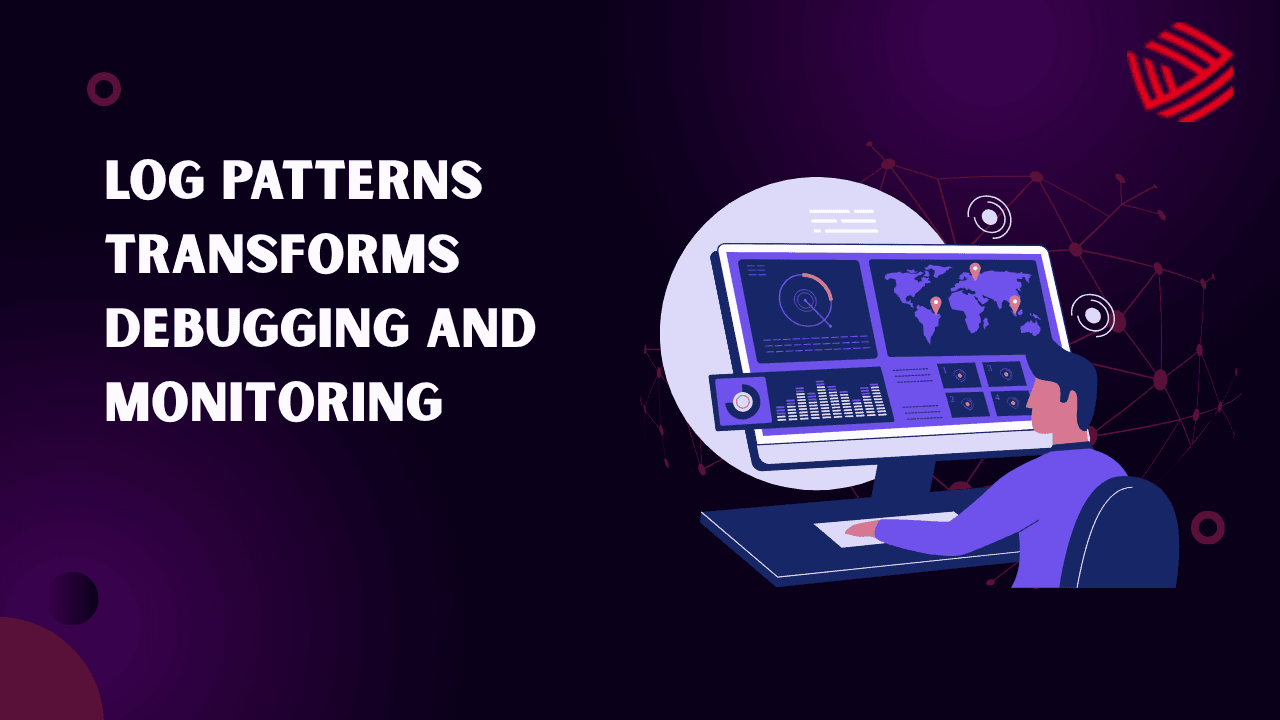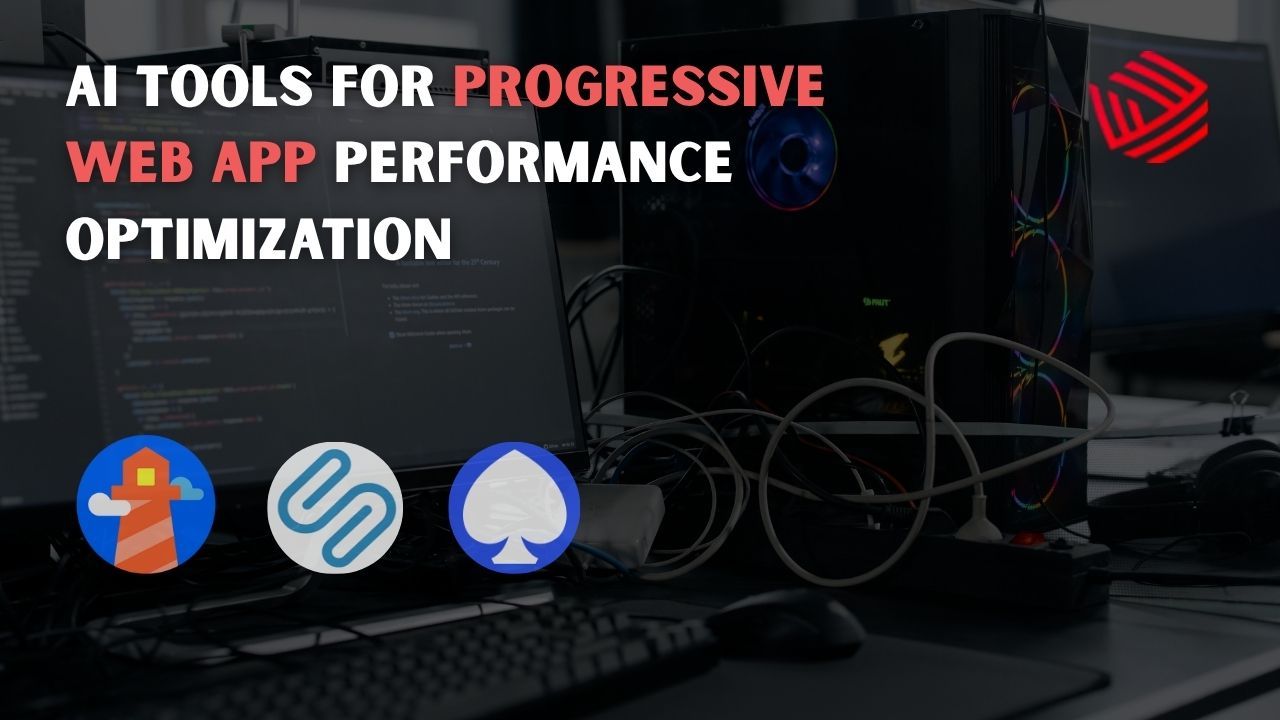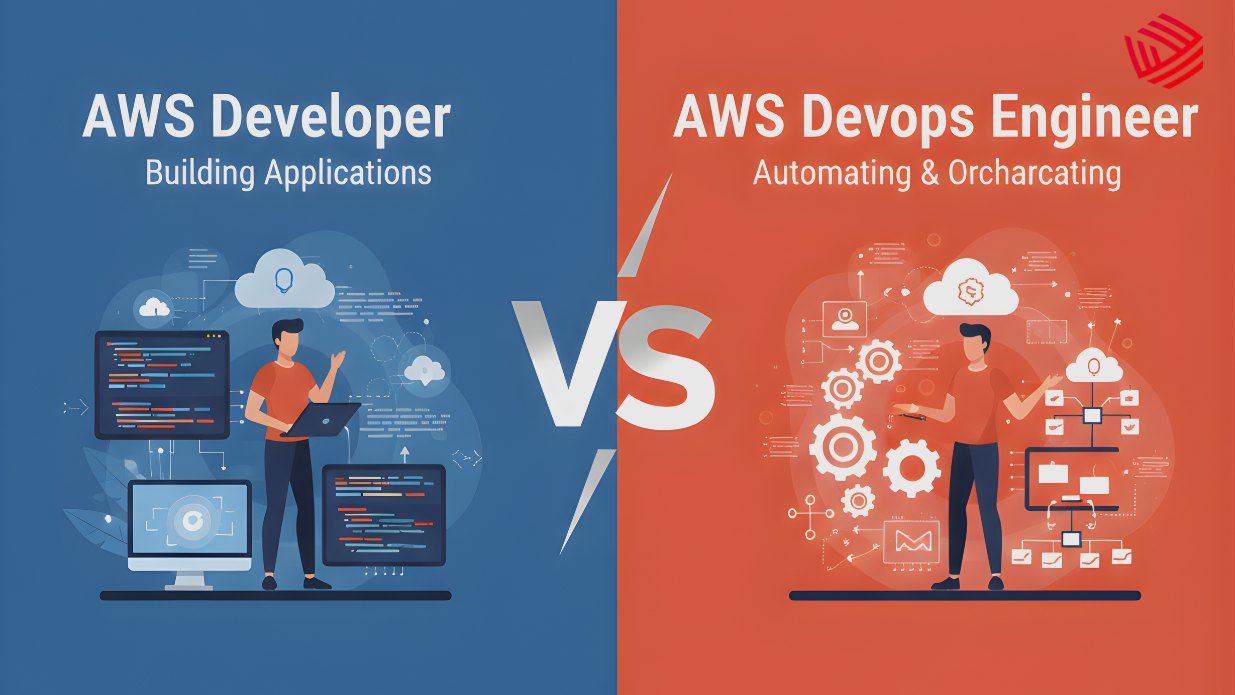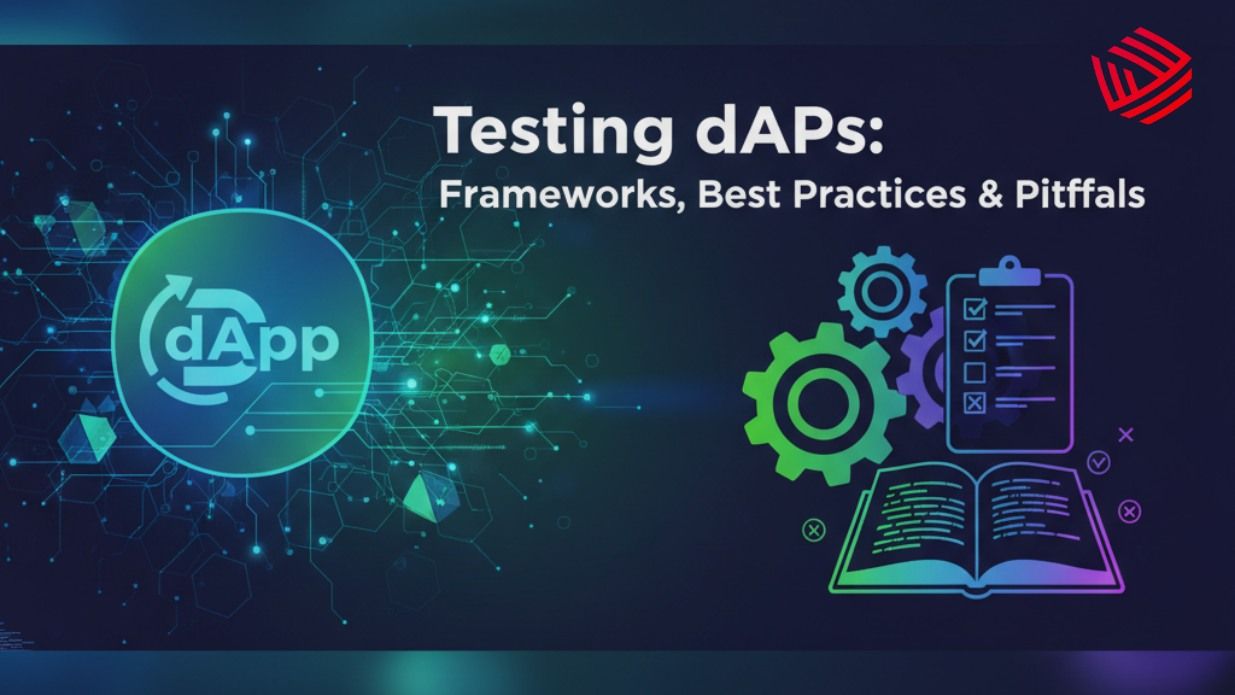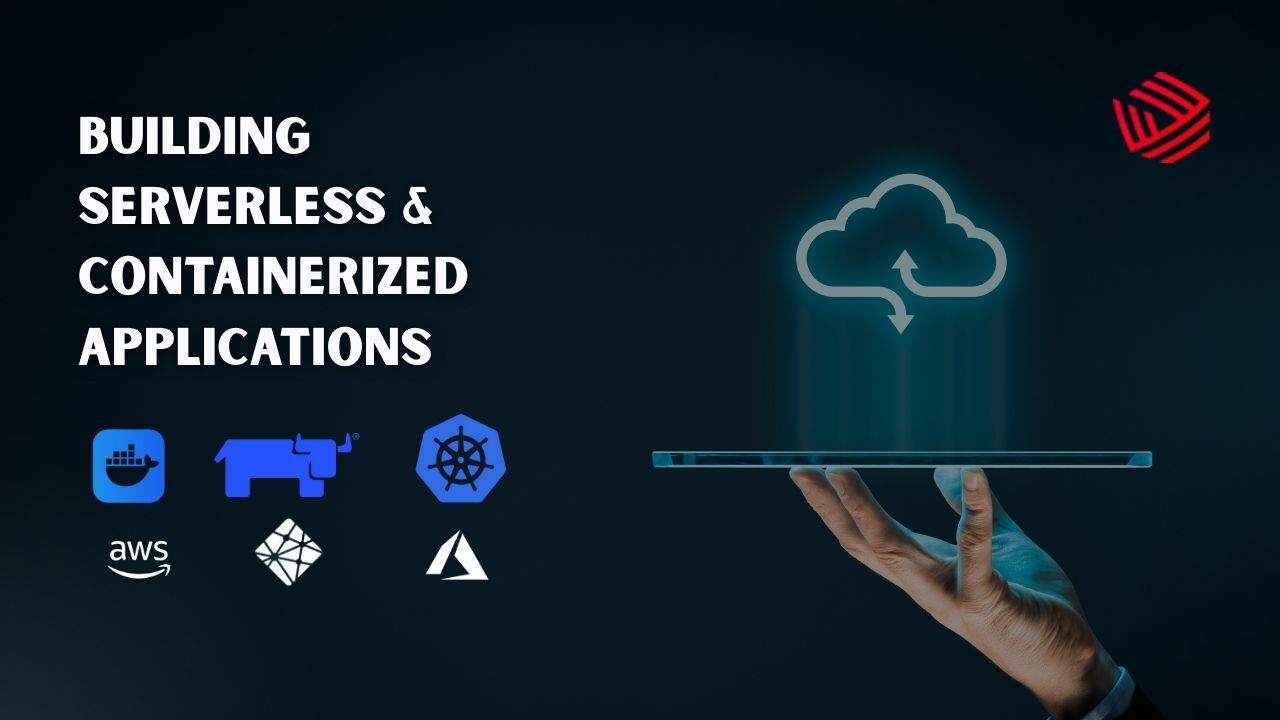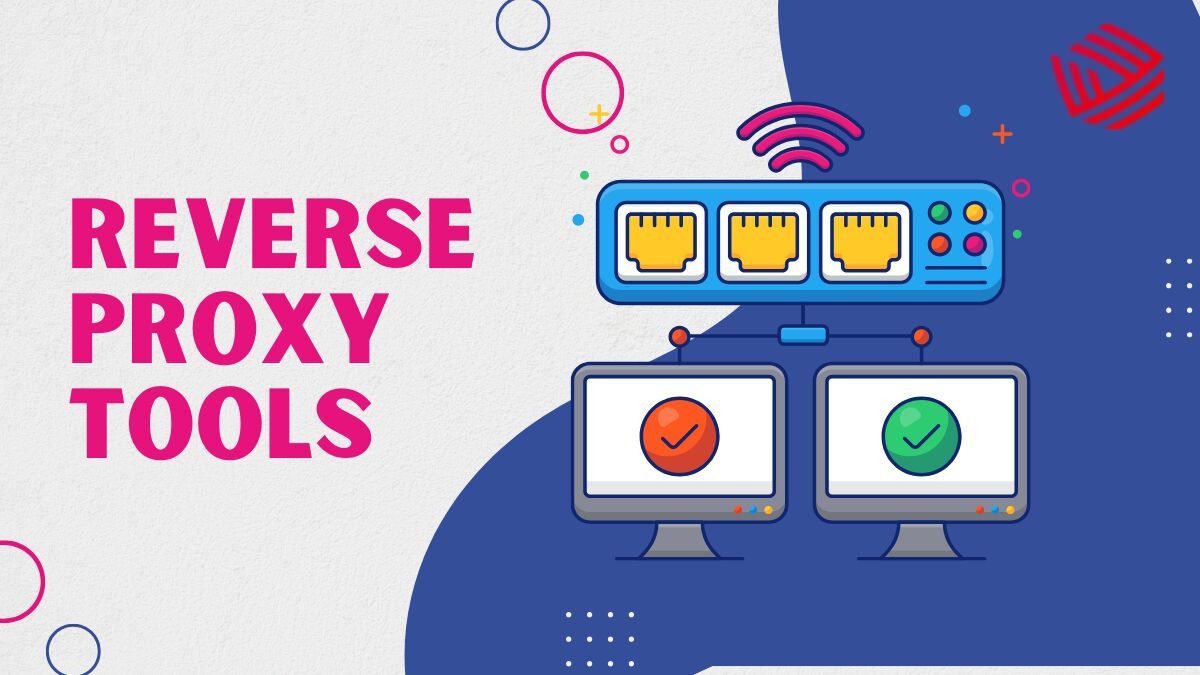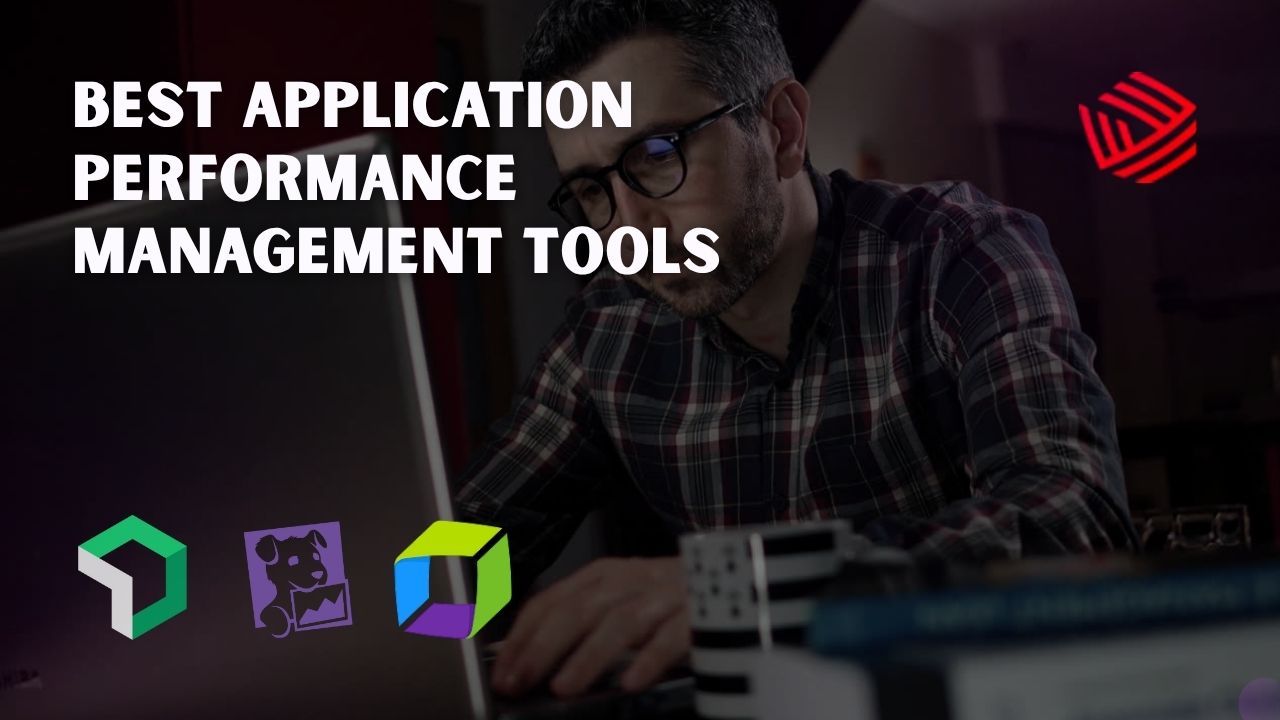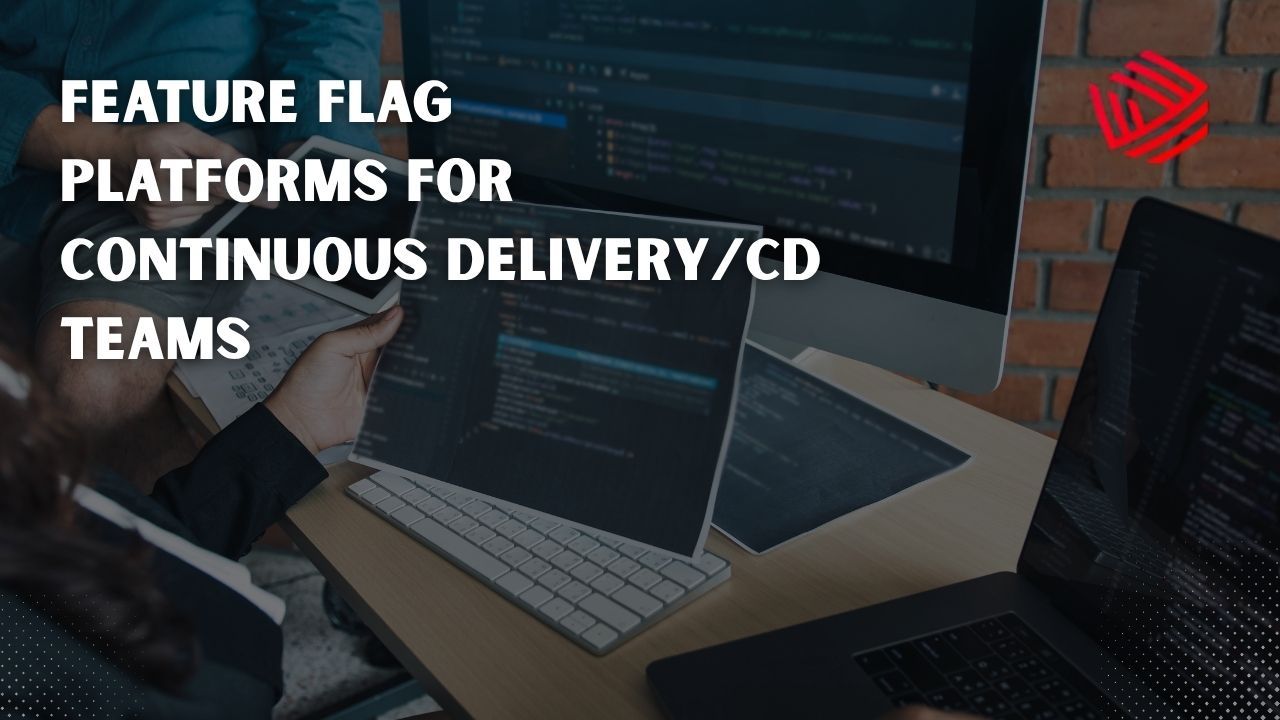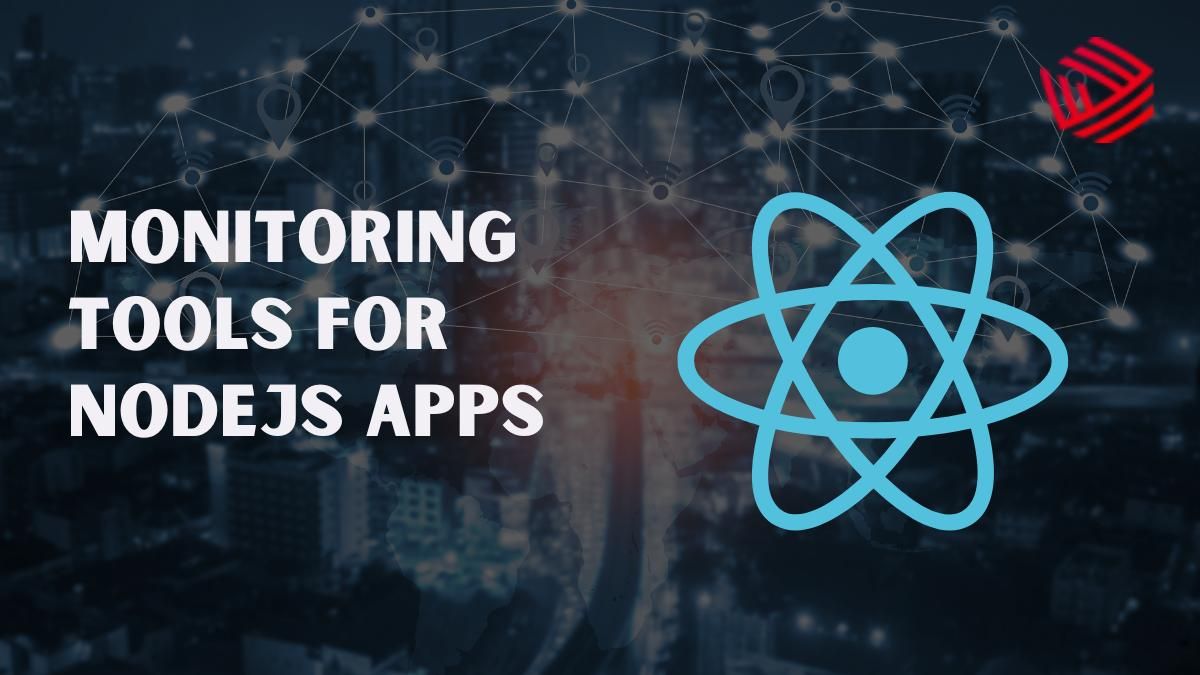In modern software development, the adoption of DevOps has become a key factor for faster releases, better collaboration, and more efficient project management. DevOps tools are a set of software applications that aid in automating the processes involved in software development, from coding and testing to deployment and monitoring - similar to how DevOps engineers streamline infrastructure for agile teams. . These tools help improve productivity, streamline workflows, and reduce errors. We will explore the top DevOps tools every team should use in nowadays projects.
1. Jenkins

Jenkins is an open-source automation server widely used for Continuous Integration (CI) and Continuous Delivery (CD). It helps automate the build and deployment process, allowing developers to focus on writing code rather than manually deploying software.
Key Features:
- Supports a wide range of plugins
- Integrates with numerous version control systems (like Git)
- Provides easy-to-use pipelines for automation
2. Docker

Docker is a containerization tool that simplifies software packaging and deployment and is an essential tool for full stack engineers deploying microservices. By containerizing applications, Docker ensures that they run the same way regardless of the environment, reducing issues related to inconsistencies in deployment.
Key Features:
- Fast and efficient deployment
- Consistent environments across various systems
- Integrates well with CI/CD pipelines
3. Kubernetes

Kubernetes is an open-source container orchestration platform used to manage, scale, and deploy containerized applications. It automates the deployment, scaling, and management of containerized applications.
Key Features:
- Automated scaling and load balancing
- Self-healing capabilities
- Rolling updates and rollbacks for deployments
4. Ansible

Ansible is an open-source configuration management and orchestration tool. It automates the configuration of servers, applications, and services, making it easier to manage large infrastructures.
Key Features:
- Agentless architecture
- Simple and readable YAML syntax
- Highly scalable
5. Terraform
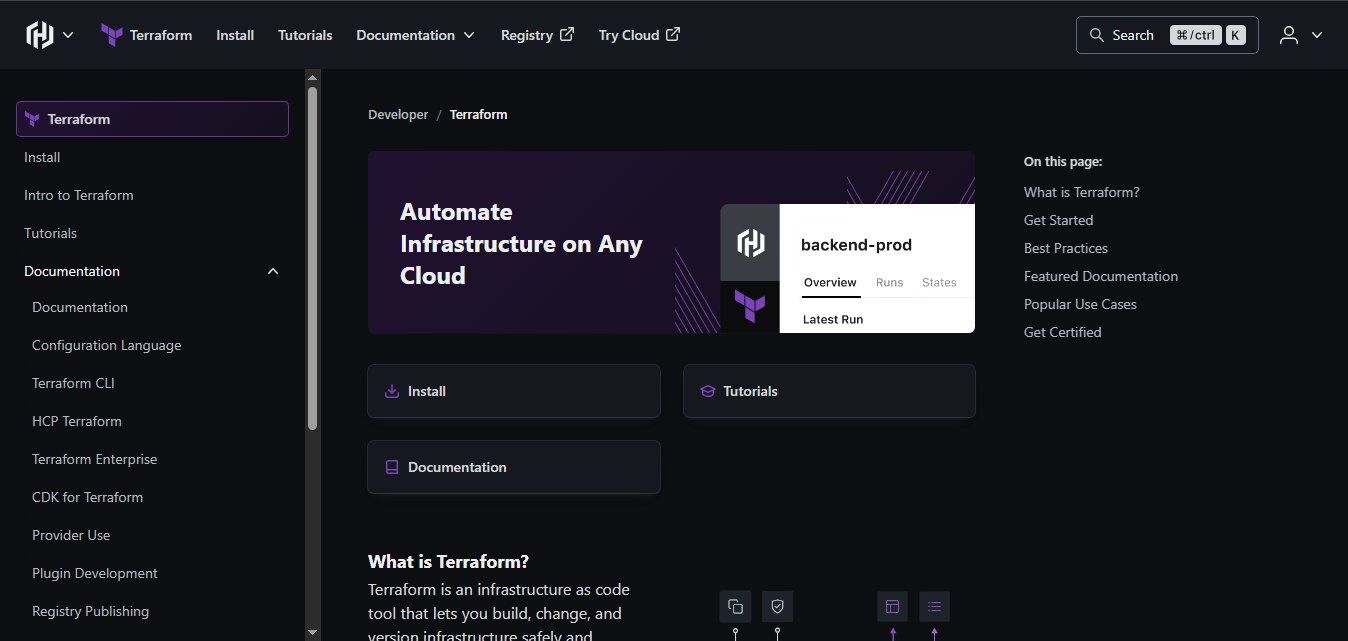
Terraform is an Infrastructure as Code (IaC) tool that allows teams to define and provision infrastructure using configuration files. It helps manage both on-premise and cloud-based infrastructure efficiently.
Key Features:
- Multi-cloud support (AWS, Azure, Google Cloud)
- Reusable code with modules
- Declarative syntax for infrastructure management
6. Git
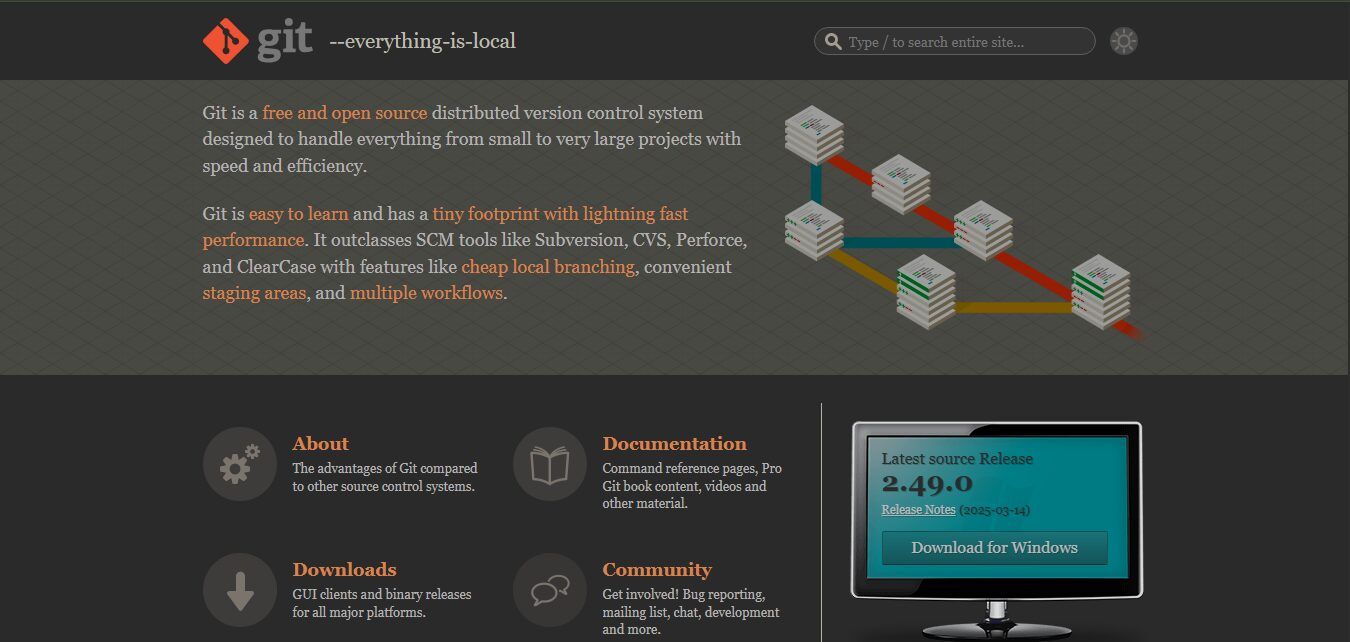
Git is a distributed version control system that allows multiple developers to collaborate on a project. It is essential for managing code changes, tracking versions, and collaborating on software development.
Key Features:
- Branching and merging
- History and version tracking
- Distributed nature
7. Nagios
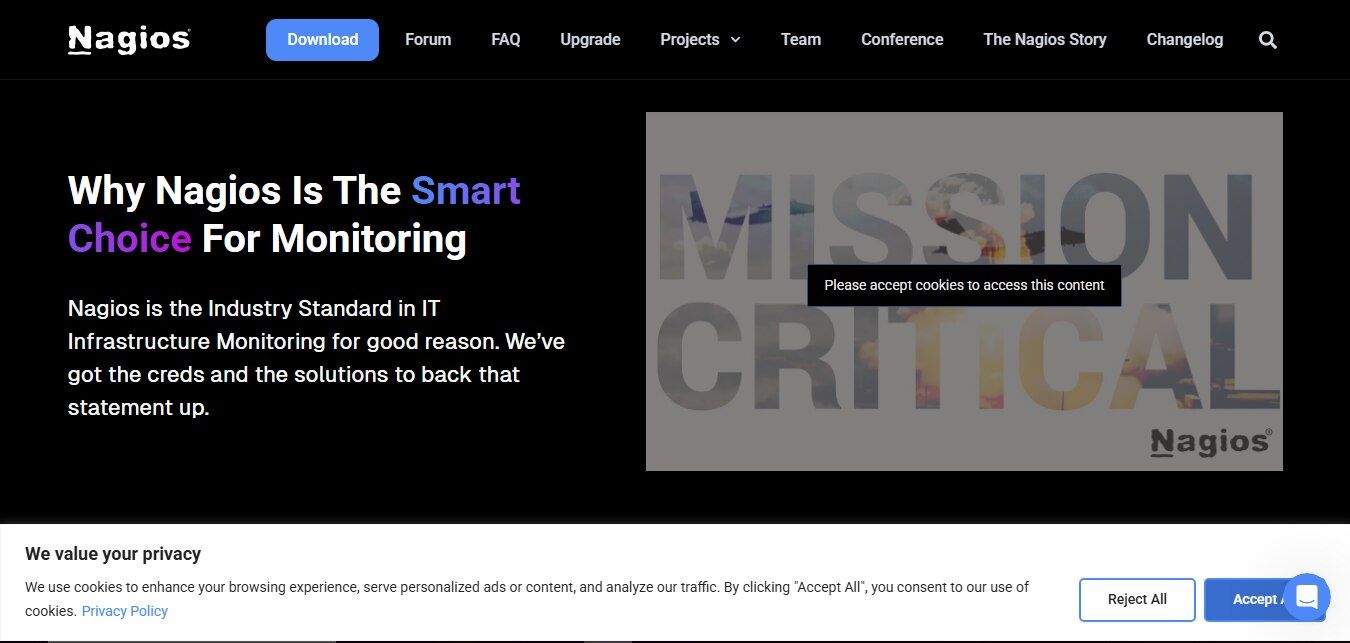
Nagios is a monitoring tool that helps ensure the health of your infrastructure and applications. It provides alerts when there are performance issues, enabling teams to resolve them quickly.
Key Features:
- Real-time monitoring and alerting
- Easy integration with other tools
- Wide range of plugins for monitoring various systems
8. Prometheus
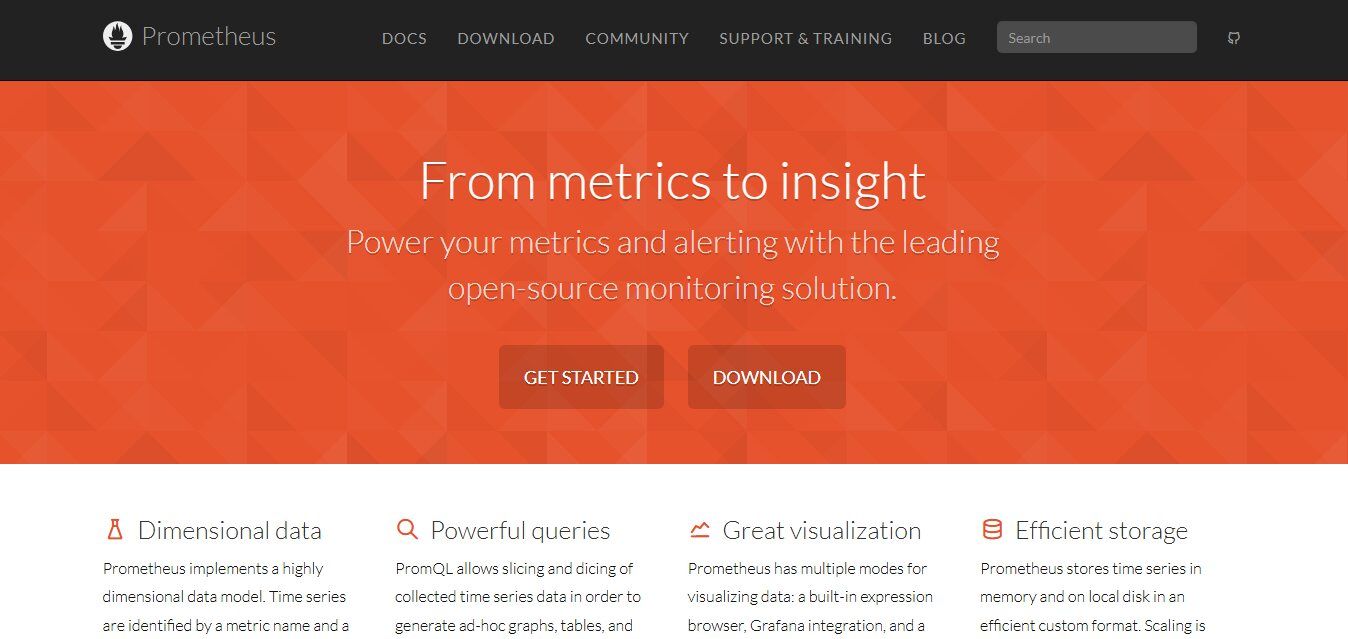
Prometheus is an open-source monitoring and alerting toolkit designed for reliability and scalability. It focuses on metrics collection, allowing teams to monitor the health and performance of applications and infrastructure which is very important for teams building scalable apps like nodeJS developers.
Key Features:
- Powerful query language (PromQL)
- Time-series data collection
- Multi-dimensional data model
9. Grafana

Grafana is a popular visualization tool that works seamlessly with Prometheus and other data sources. It is used to create interactive dashboards that provide a visual overview of system metrics.
Key Features:
- Real-time interactive dashboards
- Integration with multiple data sources
- Alerts and notifications
10. Slack

Slack is a messaging platform that facilitates communication within teams. It provides channels for different topics and integrates well with other DevOps tools for notifications and alerts.
Key Features:
- Real-time communication
- Integration with DevOps tools like Jenkins and GitHub
- Customizable notifications and alerts
Benefits of Using DevOps Tools
DevOps is a set of practices that integrates software development (Dev) and IT operations (Ops), aiming to shorten the development lifecycle, increase the quality of software, and deliver more frequent and reliable releases. To achieve these goals, teams use various DevOps tools that automate, integrate, and streamline the process. The benefits of using DevOps tools are vast, ranging from improved efficiency to enhanced collaboration, security, and scalability. Let’s delve into some of the key benefits:
1. Increased Automation and Efficiency
One of the primary advantages of DevOps tools is the level of automation they bring to the software development lifecycle. Tools like Jenkins, CircleCI, and GitLab automate various stages of the development pipeline, such as building, testing, and deployment. This automation eliminates repetitive manual tasks, reduces human errors, and accelerates the software delivery process.
By automating manual processes, teams can focus more on writing code, improving features, and fixing bugs rather than spending time on routine tasks. This results in higher productivity, fewer errors, and faster development cycles.
2. Faster Time to Market
DevOps tools help teams reduce the time required to build, test, and release software. With Continuous Integration (CI) and Continuous Delivery (CD) tools like Jenkins, CircleCI, and Travis CI, teams can quickly integrate code changes, test them in real-time, and deploy them to production(widely used by reactJS developers for productivity) without long delays.
The ability to automate repetitive tasks and streamline workflows enables development teams to deliver features and fixes at a faster pace. The faster a team can deploy new features or bug fixes, the quicker they can respond to market demands and customer feedback, keeping them ahead of the competition.
3. Improved Collaboration and Communication
DevOps promotes collaboration between development, operations, and other stakeholders. Tools like Slack, Microsoft Teams, and GitLab facilitate smooth communication by integrating with various DevOps processes. For instance, developers can get real-time notifications about failed builds, pending pull requests, or deployment statuses, helping everyone stay informed and aligned.
This enhanced communication leads to a more collaborative and cohesive environment where teams can address issues early, solve problems faster, and work towards common goals. It helps break down silos between departments and fosters a culture of shared responsibility.
4. Enhanced Software Quality
DevOps tools, especially those designed for automated testing, play a crucial role in improving software quality. Tools like Selenium, JUnit, and TestNG help automate various levels of testing, such as unit testing, integration testing, and end-to-end testing. Automated testing ensures that code is continuously validated, which helps catch bugs and issues early in the development process.
With automated testing, teams can run a comprehensive suite of tests every time there’s a change in the codebase, ensuring that the software behaves as expected. This reduces the chances of deploying faulty code to production and helps maintain a high-quality product.
5. Scalability and Flexibility
As projects grow, so do the demands on infrastructure. DevOps tools like Kubernetes, Docker, and Terraform enable teams to scale applications and infrastructure seamlessly. Kubernetes automates container orchestration, allowing applications to scale up or down based on demand, while Docker ensures consistency across various environments by packaging applications into lightweight containers.
Terraform, on the other hand, allows teams to define infrastructure as code, making it easy to replicate environments and scale resources up or down as needed. These tools help teams efficiently manage resources, improve system availability, and respond to changing demands without manual intervention.
6. Faster Recovery from Failures
The ability to quickly recover from system failures is crucial in today’s fast-paced software development environment. DevOps tools, such as monitoring tools (e.g., Nagios, Prometheus, New Relic), and automated rollback mechanisms, enable teams to detect issues early and take corrective actions quickly.
For example, Prometheus can monitor the health of your system in real-time and alert your team about performance bottlenecks or failures. With automated rollback functionality (offered by tools like Kubernetes), if something goes wrong during deployment, the system can revert to a stable state without manual intervention, minimizing downtime and disruptions.
7. Better Security and Compliance
DevOps tools help organizations ensure that security is integrated into the development lifecycle. This practice, known as DevSecOps, involves using automated security tools to continuously monitor vulnerabilities, perform static code analysis, and ensure compliance with security standards.
Tools like GitLab CI/CD with security scanning, Snyk, and Aqua Security ensure that security is a priority throughout the development process. These tools help identify security vulnerabilities early in the development cycle and prevent the release of insecure software, reducing the risk of breaches and ensuring regulatory compliance.
8. Cost Reduction
While it may seem like investing in multiple DevOps tools could be costly, they ultimately help organizations save money in the long run. By automating tasks and streamlining processes, DevOps tools eliminate the need for additional resources, reduce operational overhead, and minimize the risk of costly downtime due to manual errors or system failures.
Tools like Terraform and Docker allow for better resource management, helping teams avoid over-provisioning or under-provisioning infrastructure. This leads to more cost-effective utilization of resources, ensuring that you’re only paying for what you actually need.
9. Real-time Feedback and Continuous Improvement
DevOps tools provide real-time feedback on every step of the development lifecycle. Tools like Jenkins and CircleCI help teams instantly see whether their code passes or fails the testing phase, enabling immediate improvements.
With access to continuous feedback, developers can identify issues earlier in the process and fix them before they escalate. This feedback loop is crucial for maintaining the speed of development while improving the quality and functionality of the product.
10. Consistency Across Environments
A common challenge in development is ensuring that software behaves the same way in different environments (development, testing, staging, production). DevOps tools like Docker, Kubernetes, and Vagrant help create consistent environments across various stages of the development cycle.
By using Docker containers, developers can ensure that their application will run consistently across different environments, whether on a developer’s local machine or in production. This eliminates the "works on my machine" problem and reduces the chances of errors when moving from one environment to another.
Conclusion
DevOps tools are integral to the success of modern software development. They enhance collaboration, streamline workflows, automate tedious tasks, and improve the overall speed and reliability of software delivery. Each tool in the DevOps ecosystem plays a unique and essential role, from version control systems like Git to deployment automation with Jenkins and configuration management with Ansible. There are lot of database migration tools for the developers for reliable database integrity and compliance as per web standards. Leveraging the right tools can make a significant difference in the productivity and success of development teams. With tools like Docker, Kubernetes, Terraform, and Prometheus, teams can ensure that they are building scalable, reliable, and secure applications while maintaining fast and efficient deployment cycles.
DevOps is not just about the tools, though; it’s about fostering a culture of collaboration, transparency, and continuous improvement within the team. Using these tools effectively, organizations can achieve seamless integration and delivery, reduce downtime, and deliver high-quality products faster. Therefore, adopting the right combination of DevOps tools can drastically enhance development processes, ensuring teams remain agile and capable of meeting business demands with minimal friction. As DevOps practices continue to evolve, staying updated on the latest trends and tools will help teams maintain a competitive edge, ultimately leading to more innovative, scalable, and high-performing software products.

